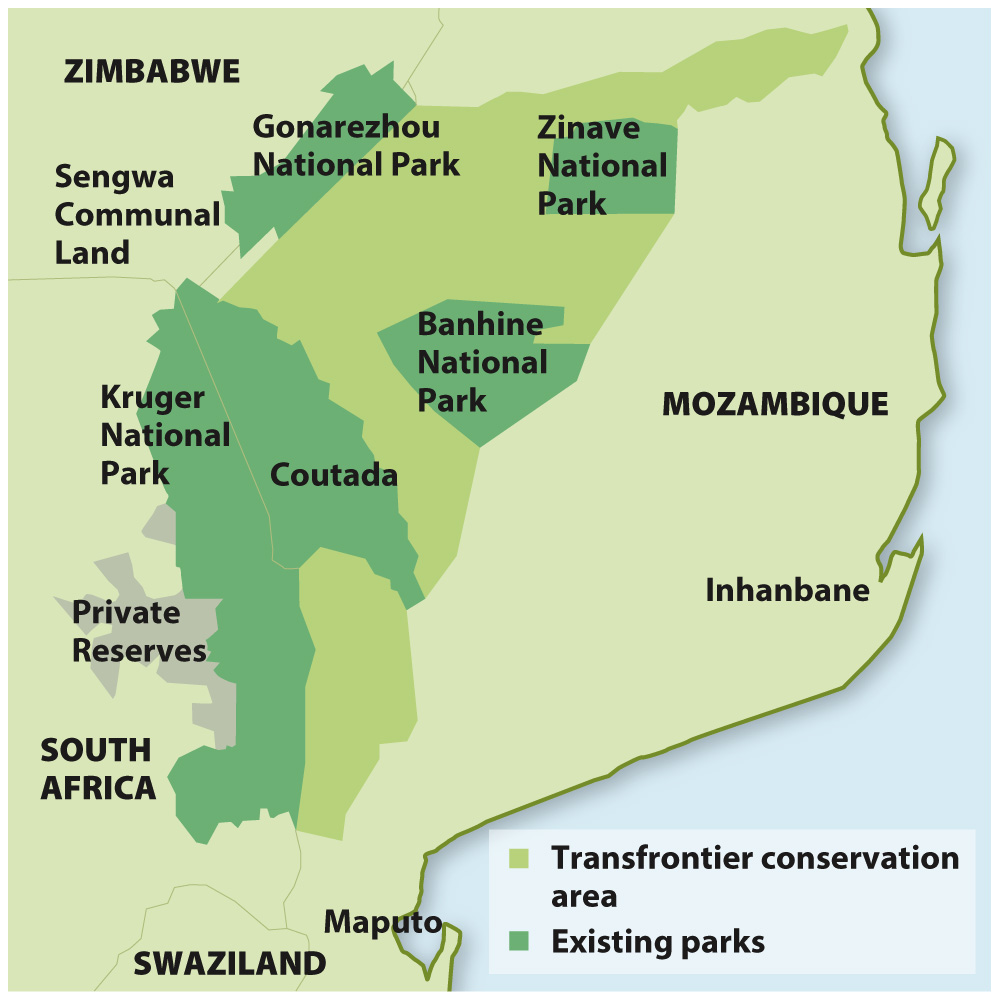Global change provides new challenges for conservation biology in the 21st century.
Between 1985 and 2012, the area of Australia’s Great Barrier Reef covered by coral declined by about 50%. Three processes drove the observed decline: physical destruction by tropical cyclones, predation by Crown-
The declining health, areal extent, and diversity of coral reefs reflect some of the same factors that challenge biodiversity in general: overexploitation of associated species and habitat alteration due to fertilizer runoff. Outbreaks of Crown-
1093
The same is true on land. It is necessary and important to maintain reserves that protect natural habitats and the species they support, but, on the timescale of the next century, the climate of protected areas will change, and with it the capacity of the reserve to support its native biodiversity. Under these conditions, corridors will play a particularly important role in enabling populations to move from one reserve to another with local climate more amenable for growth and reproduction. Many ecologists think that natural corridors to promote migration will not be sufficient—
In southern Africa, conservation efforts have benefited substantially by grouping reserves across national borders and connecting them with corridors. For example, a broad conservation area now links national parks and other reserves in South Africa, Mozambique, and Zimbabwe, providing an enlarged area for conservation corridors that connect established reserves and permit seasonal migration (Fig. 49.26). A key point is that, within this conservation area, animals and people coexist. Many corridors, in Africa and elsewhere, necessarily pass through populated areas, so local support is essential. In southern Africa, people within the conservation area have been persuaded that the preservation of biodiversity is in their best economic interests.
